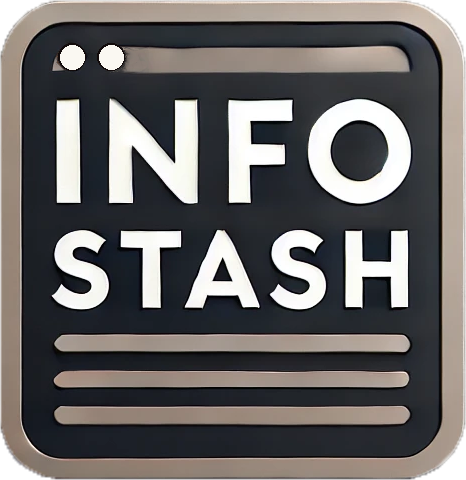Finance has traditionally been controlled by central authorities, like banks and governments, but with the rise of blockchain technology, a new system has emerged: Decentralized Finance (DeFi). Understanding the key differences between these two systems is crucial for anyone interested in how money and financial services are evolving.
1. Control and Ownership
- Centralized Finance (CeFi): In centralized finance, all control is in the hands of a central entity, usually a bank or financial institution. When you deposit money into a bank, you’re essentially handing over control of those funds. The bank manages your account, approves transactions, and holds your assets on your behalf.
- Decentralized Finance (DeFi): DeFi puts control back in the hands of the user. Instead of relying on a bank, DeFi users interact directly with financial services through decentralized applications (dApps) on the blockchain. You own and control your assets, with no intermediary involved.
2. Intermediaries
- CeFi: In centralized finance, intermediaries like banks, credit card companies, and payment processors facilitate transactions and financial services. They act as trusted third parties that guarantee the movement of money.
- DeFi: DeFi eliminates intermediaries. Instead, transactions occur directly between users, thanks to blockchain technology and smart contracts—self-executing agreements coded into the blockchain. This direct interaction reduces the need for trust in a middleman.
3. Transparency
- CeFi: Centralized institutions are often opaque in their operations. You don’t have full visibility into how your funds are being used or how decisions are made behind the scenes.
- DeFi: DeFi is built on blockchain technology, which means that all transactions are recorded on a public ledger. This transparency allows anyone to audit transactions, ensuring accountability and trust.
4. Accessibility
- CeFi: Centralized financial systems typically require users to go through identity verification and provide personal information to access services. Additionally, these services might not be available to everyone, particularly in regions with underdeveloped banking infrastructure.
- DeFi: DeFi is open to anyone with an internet connection. There are no gatekeepers or identity checks. This makes financial services more accessible, especially in areas where traditional banking services are limited or unavailable.
5. Costs and Fees
- CeFi: Centralized finance usually involves a variety of fees—transaction fees, account maintenance fees, or fees for moving money across borders. These costs are often necessary to maintain the intermediary institutions and their overhead.
- DeFi: DeFi generally offers lower fees because it cuts out the intermediaries. However, users may still face transaction costs (called gas fees) on blockchain networks, particularly during periods of high demand.
6. Security and Custody
- CeFi: In centralized finance, your money is held by the institution, which is responsible for keeping it secure. While banks have strong security measures, the risk of fraud or institutional failure still exists (e.g., a bank going bankrupt or being hacked).
- DeFi: In DeFi, you are responsible for the security of your assets. If you lose access to your private keys (the cryptographic key that gives you control over your funds), there’s no institution to help you recover them. This makes DeFi more secure in theory, but it also requires users to be more vigilant about protecting their assets.
7. Regulation
- CeFi: Centralized financial systems are heavily regulated by governments and financial authorities. This regulation is meant to protect consumers, but it can also restrict access and innovation.
- DeFi: DeFi operates in a largely unregulated space, which provides freedom and innovation but also comes with risks. Users need to be aware that there is less legal protection if something goes wrong.
8. Innovation and Flexibility
- CeFi: Centralized institutions are slower to innovate due to regulatory requirements and the scale of their operations. Changes often take time and require approval from multiple parties.
- DeFi: DeFi is rapidly evolving. Developers can create and deploy new financial products directly on the blockchain without needing approval from regulators or institutions. This has led to a wave of innovation, from lending platforms to decentralized exchanges.
9. Risk Factors
- CeFi: While centralized finance has built-in protections like deposit insurance and fraud detection, it’s still vulnerable to issues like banking failures, mismanagement, or corruption. However, consumers usually have legal recourse in these situations.
- DeFi: DeFi offers users greater control, but with that control comes greater responsibility. If you lose access to your wallet or fall victim to a scam, there’s no regulatory body to offer protection. Additionally, DeFi protocols themselves can be hacked if there are vulnerabilities in the code.
Conclusion
The choice between centralized and decentralized finance comes down to what you value most: the convenience and regulatory protection of traditional financial systems, or the freedom, transparency, and innovation of DeFi. As decentralized finance continues to grow, understanding these key differences will help you navigate the evolving financial landscape with confidence.

